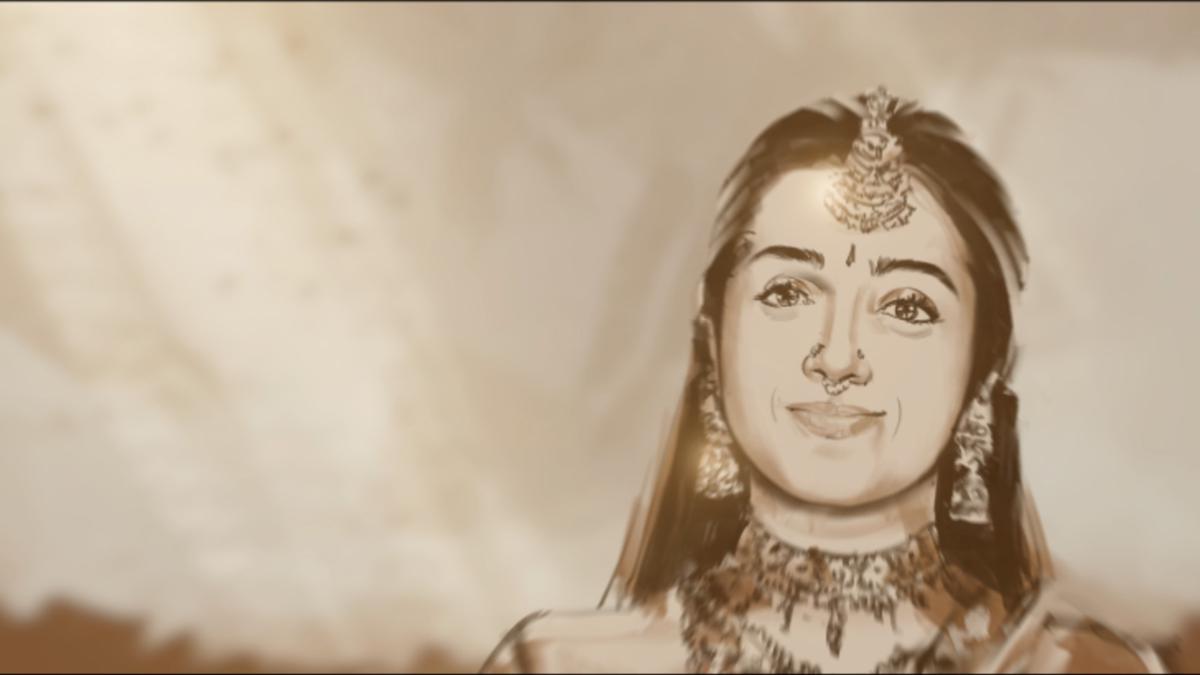Rooshad Shroff’s latest collection, Balance, wasn’t meant to be one at all. “When we began with a single piece, a side table, back in 2021, it was a simple exploration of form,” says the Mumbai-based architect and designer, for whom working with furniture is more of an exercise to test ideas and crafts, than an endeavour to come up with a complete collection. “But I always had Balance on my mind; I knew it had potential to grow into something larger.”
Rooshad Shroff
| Photo Credit:
Special arrangement
And grow it did, into a collection that spans across three distinct but bound-by-narrative sections at Shroff’s ongoing exhibition at IF.BE in Mumbai — his first large format solo since his debut outing, 15,556. Shroff doesn’t call out the number of hours that go into the making of his pieces (like he did with the title of his debut show) since he thinks the practice is commonplace now. But he’s more than happy to discuss it with eager visitors at his show. For example, the nearly 4,000 hours invested in the making of his hand-embroidered carpets that adorn the second and third rooms of his showcase.
Designs from Balance, at IF.BE Mumbai.
| Photo Credit:
Special arrangement
Creating a meditative space
Apart from the pieces themselves (with a starting price of ₹50,000), Shroff also draws attention to the scenography of his exhibition. The venue — an ice factory in Ballard Estate, with a banyan tree at the centre and an overall rustic appeal — adds to his vision of presenting his work in a way that’s closest to how things are found in nature.
At IF.BE Mumbai.
| Photo Credit:
Special arrangement
With furniture on display in all three rooms, the first has more of the gravel islands that span throughout the venue, presenting itself as a Zen garden almost, complete with mirrors doubling up as water puddles so that visitors can view the underbelly of the pieces on display.
Speaking about the designs in his collection, Shroff says, “They appear unstable but are strong enough to hold ground as standalone pieces.” These include iterations of his 2021 side table, which was representative of pebbles stacked up on each other, a coffee table (the designer’s most challenging piece, technically speaking), a console (which he calls his visual hero piece in this collection), a dining table, a bar cabinet and a credenza, among others. The second room features four 30-ft-high panels — large trees embroidered on organza curtains, which took over 4,500 hours to put together, while the third is like an arid landscape, complete with large cacti. A curated playlist featuring the likes of birdsong, flute, and Tibetan bells fills all three rooms, creating, what Shroff calls, “a meditative space”.
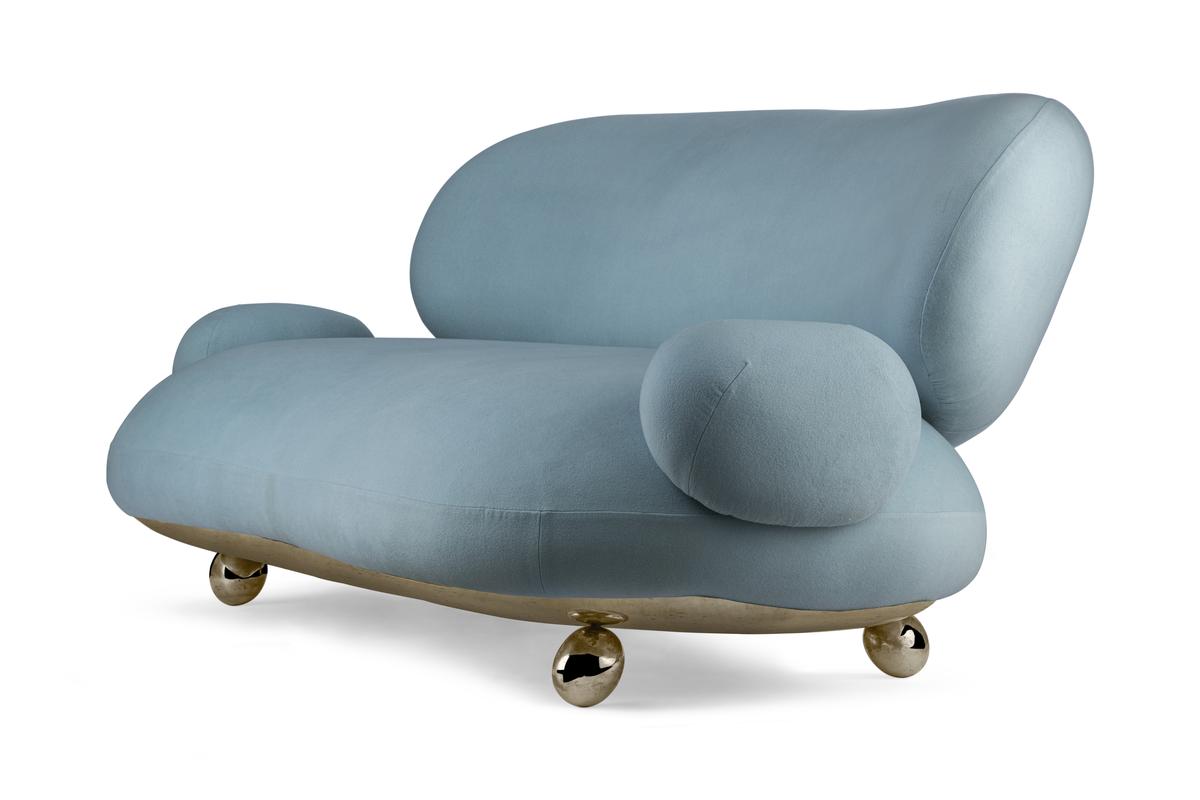
Utility is far from the sole factor defining the collection. Luxury competes, and Shroff’s choice of mediums (white, green and pink onyx, semi-precious red jasper, and lapis lazuli, to name a few) testify to this. “We’ve made a niche for ourselves in the uber luxury segment, and so we wanted to ensure the materials we work with reflect that as well. While our sofas and chairs are available in regular fabric too, they are upholstered in 100% cashmere,” explains the 43-year-old, touching upon his foray into upholstered pieces, created in collaboration with Gurgaon-based interior design firm, DeMuro Das.
Tech will sustain craft
Upholstered pieces aren’t the only first Balance marks for Shroff. It’s also the first time he has worked with metal — the console has a bronze base, for instance. Tech makes its debut as well. While he asserts that craft continues to be the backbone of everything they do and stand for, it will not survive without the undeniable influence of technology. “With Balance, we’ve used tech like 3D printing and 3D scanning to get better precision. It allows the pieces, especially where we’ve used metal and stone, to stand by themselves,” he explains.
Allowing tech to aid the process is by no means digressing from the craft, he states. It’s simply a tool that “allows us to prioritise quality”, stay true to craft and adapt to changing time. “It’s the only way in which craft can be sustained, revived. Just because certain things were done in a certain way in the past, it doesn’t mean it can’t be aided with new technology,” says Shroff, who’s also been researching tarkashi (a form of metal inlay in wood) for the past two years.
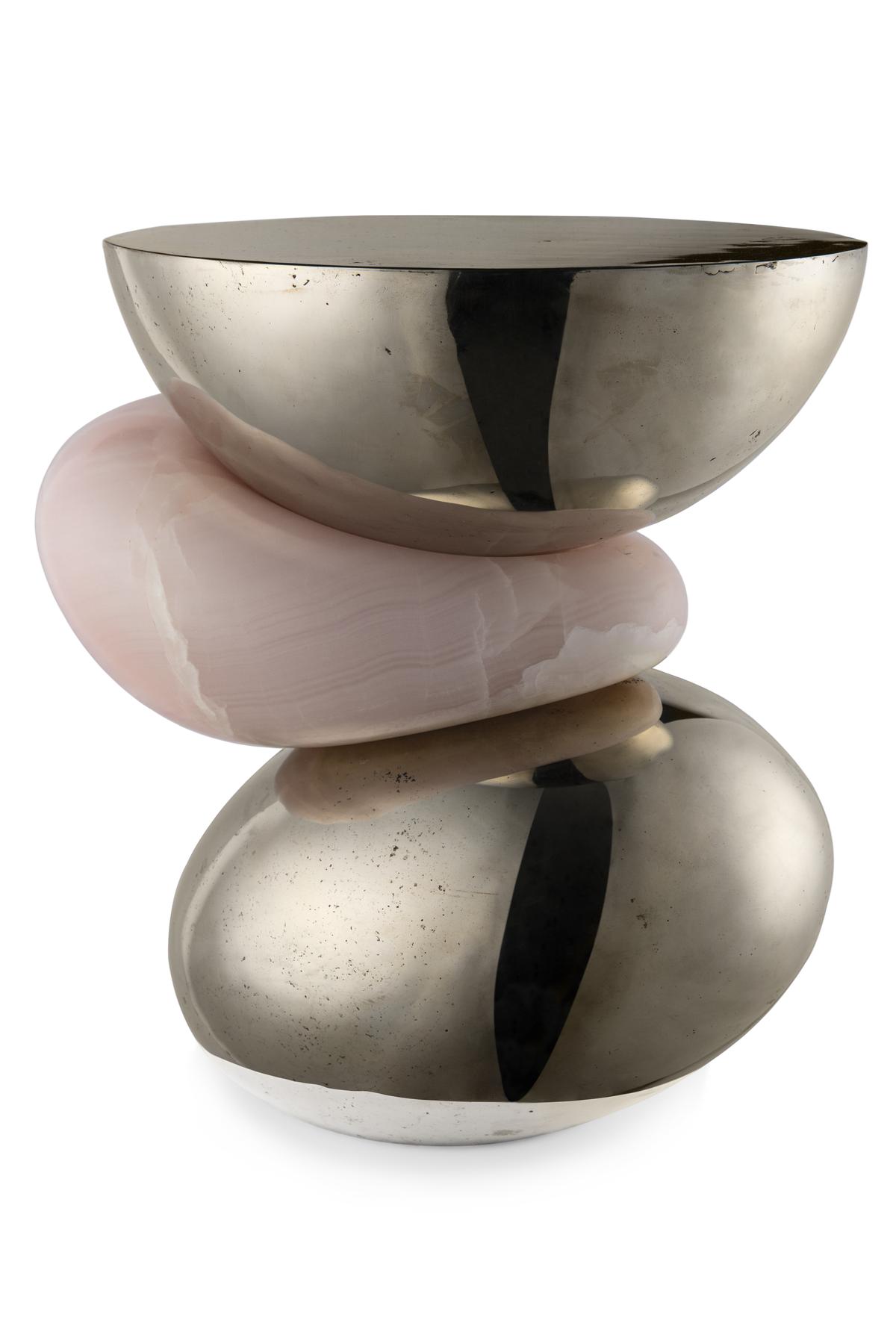
As for Balance, while some pieces may find a spot in a gallery in Mumbai, the rest will be listed on the designer’s website.
Catch Balance at IF.BE Mumbai till October 12.
Published – October 10, 2024 02:55 pm IST


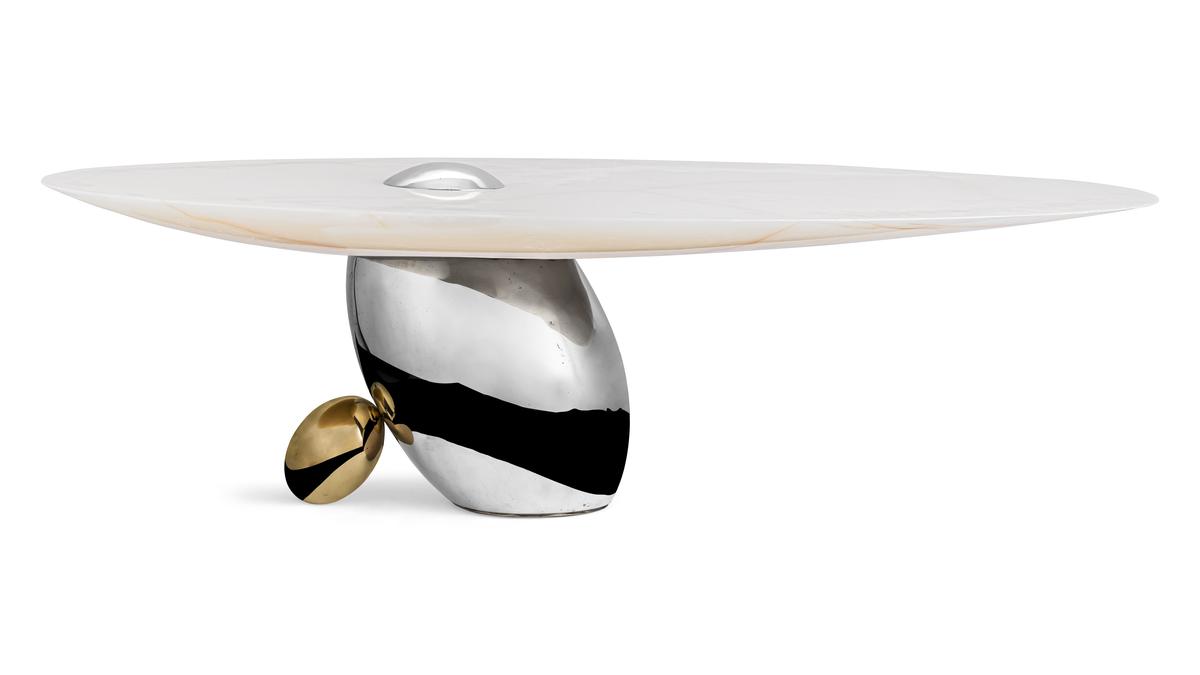
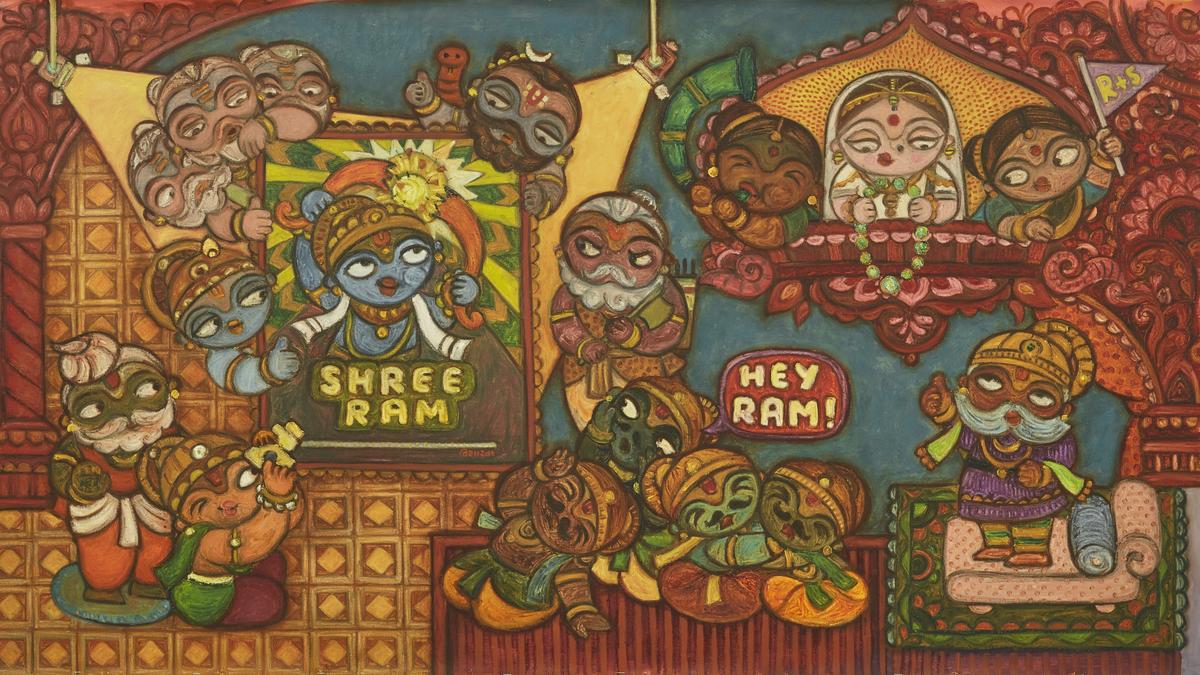.jpg)

